Choosing the correct bowl size for your dog or cat is crucial for promoting healthy eating habits and proper...
How to Choose the Right Brush for Your Pet’s Coat Type
Grooming your pet is essential for maintaining a healthy coat and skin. Whether you own a cat or a dog, selecting the right cat brush, dog brush, and even investing in a grooming table for dogs can make the process more efficient and enjoyable for both you and your pet.
With so many options available, finding the best brush for your pet’s coat type can be overwhelming. This guide will help you make the right choice based on your pet’s unique needs.
Understanding Your Pet’s Coat Type
Before selecting a cat brush or dog brush, it’s important to understand your pet’s coat type. Different coats require different grooming tools to ensure proper maintenance. Here are the most common coat types in pets:
1. Short Coats
Short-haired pets, such as Beagles or American Shorthair cats, have smooth, close-to-the-skin fur. These coats are low maintenance, but regular brushing helps reduce shedding and distributes natural oils.
2. Long Coats
Breeds like the Afghan Hound and Persian cats have long, flowing coats that require daily brushing to prevent tangles and mats. A proper dog brush or cat brush designed for long hair is necessary to keep their fur looking healthy.
3. Curly or Wavy Coats
Poodles and Bichon Frises have curly or wavy coats that need frequent brushing to prevent matting. These coats require specialized grooming tools.
4. Double Coats
Dogs like Huskies and Golden Retrievers have double coats consisting of a soft undercoat and a coarser outer coat. Regular brushing helps control shedding and keeps the coat free from debris.
5. Wire Coats
Terriers often have wiry coats that require stripping to remove dead hairs. Standard brushes won’t work well on these types of coats.
6. Hairless Breeds
Some breeds, like the Sphynx cat or the Xoloitzcuintli dog, have little to no hair. While they don’t need traditional brushing, they still require skincare and occasional soft brushing.
Choosing the Right Brush for Your Pet’s Coat
Now that you understand your pet’s coat type, let’s explore the best cat brush and dog brush options available.
1. Bristle Brushes
Best for: Short-haired cats and dogs
Bristle brushes are perfect for pets with short, smooth coats. They help remove dirt, distribute natural oils, and keep the coat shiny. This is a great everyday brush for breeds like Boxers and Dalmatians.
2. Slicker Brushes
Best for: Long-haired breeds and curly coats
A slicker dog brush or cat brush has fine, short wires close together, making it effective for detangling long fur and preventing matting. It works well for breeds like Golden Retrievers, Maine Coons, and Poodles.
3. Undercoat Rakes
Best for: Double-coated breeds
An undercoat rake is a must-have for dogs with thick undercoats. It helps remove loose fur without damaging the outer coat, reducing shedding significantly. Huskies and German Shepherds benefit greatly from this tool.
4. Pin Brushes
Best for: Medium to long-haired pets
A pin brush is similar to a human hairbrush, making it a gentle option for dogs and cats with longer coats. This dog brush is particularly useful for show breeds like Afghan Hounds.
5. Rubber Brushes
Best for: Short-haired pets and massaging the skin
A rubber cat brush or dog brush is excellent for short-haired pets, helping to remove loose fur while providing a gentle massage. Breeds like French Bulldogs and Beagles enjoy this type of brush.
6. Shedding Blades
Best for: Heavy shedders
For dogs that shed excessively, a shedding blade can help remove dead fur quickly. It’s especially useful for Labradors, German Shepherds, and Corgis.
7. Grooming Gloves
Best for: Sensitive pets and short-haired breeds
If your pet dislikes traditional brushes, grooming gloves can be a great alternative. They allow you to remove loose fur while petting your dog or cat, making grooming a stress-free experience.
The Role of a Grooming Table for Dogs
A grooming table for dogs is a valuable investment, especially for pet owners who groom their dogs frequently. This tool provides a stable, elevated surface that makes brushing, trimming, and bathing easier. Here’s why you should consider one:
• Better Control: A grooming table for dogs keeps your pet secure, preventing them from moving too much.
• Comfort for You: No more bending down or straining your back during grooming sessions.
• Professional-Level Grooming: Even at home, you can achieve professional results with a proper grooming setup.
How Often Should You Brush Your Pet?
The frequency of brushing depends on your pet’s coat type:
• Short-haired pets: Once or twice a week
• Long-haired pets: Daily
• Double-coated breeds: Several times a week
• Curly or wavy coats: At least three times a week
Using the right cat brush or dog brush regularly will help prevent shedding, matting, and skin issues.
Grooming Tips for a Stress-Free Experience
1. Start Early: Introduce your pet to brushing when they are young to make it a positive experience.
2. Use Treats: Reward your pet after grooming sessions to encourage good behavior.
3. Be Gentle: Avoid pulling on tangles harshly, as it can cause pain and fear.
4. Check for Skin Issues: Look for redness, bumps, or parasites while brushing.
5. Use a Grooming Table for Dogs: If you groom your dog frequently, a grooming table for dogs can make the process easier.
Conclusion
Choosing the right cat brush or dog brush based on your pet’s coat type is essential for maintaining their health and appearance. Whether your pet has a short coat, long coat, or curly fur, the right brush will make grooming easier and more effective. Investing in a grooming table for dogs can also enhance the experience, making it more comfortable for both you and your pet. By incorporating regular brushing into your pet’s routine, you’ll keep their coat healthy, reduce shedding, and strengthen your bond.
Would you like recommendations for the best brushes available on the market? Let us know in the comments!
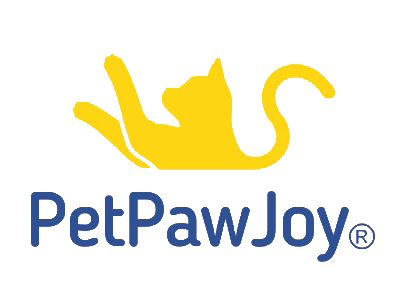



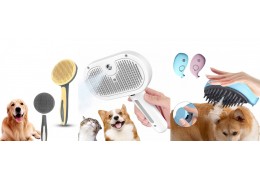
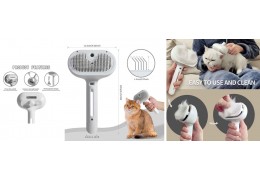
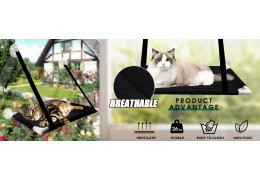
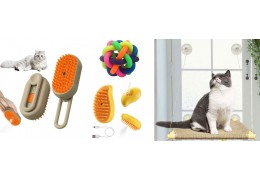
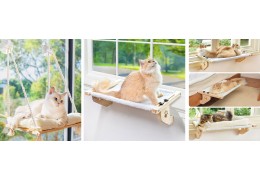

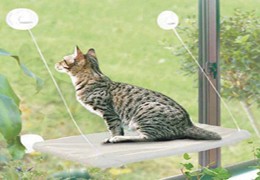


Top authors